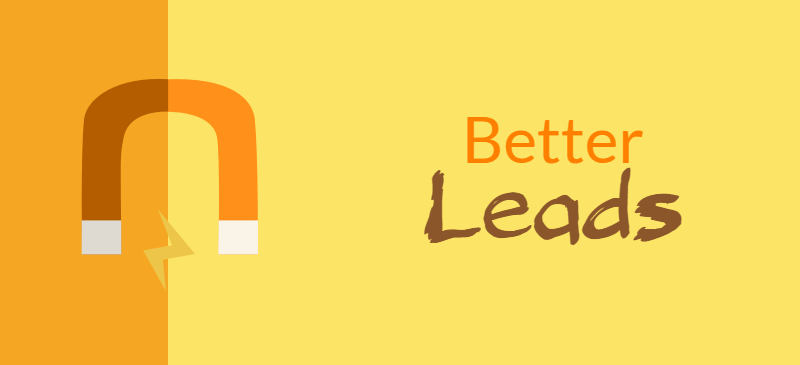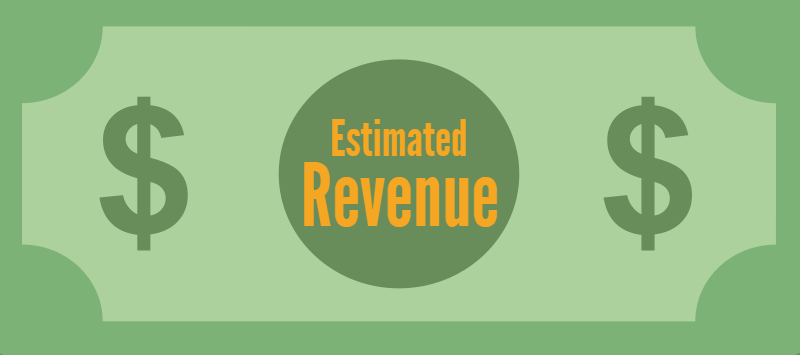An Ideal Customer Profile is Important for Your New Product Launch Marketing Plan
Trying to sell to someone you don’t know is hard, but it’s what most reps do every day.
To dial in your sales messages and your marketing efforts, you need to have an ideal customer profile in mind.
You have to send a great cold email, build rapport on the phone, and convince people who you probably didn’t know existed the day before.
Doing this is part of the job.
If you’re in sales, you will always be meeting new people. Some for a minute or two and others you may be friends with for years to come.
It’s hard, but there is a way to make it way less difficult—using ideal customer profiles.
The “Ideal Customer Profile” has been a concept that has grown in popularity over the past decade or so. It’s still not as widely embraced as it should be and it could mean the difference between higher conversions and happier clients.
There are a few terms for the same concept.
Some call the ideal customer profile as a “buyer personas”, “ideal client profiles”, “ideal customer persona“, etc.
There are subsets, too.
Marylou Tyler has developed an entire strategy for creating “ideal prospects” that you can use to fill your funnel with the leads who are likely to convert.
We’ll use the these various terms interchangeably throughout this post.
What we hope to do:
- Identify and Define the Term(s)
- Explain the Benefits
- Outline the Process to Create Your Own IDPs
Let’s get into it.
What is an Ideal Customer Profile (or Buyer Persona)?

Buyer Persona: A buyer persona is a semi-fictional representation of your ideal customer based on market research and real data about your existing customers.
(Source: HubSpot)
Simple. To the point.
If you could look at your most common good customers and build your entire company with only those people, those are probably close to the semi-fictional leads you’re looking to acquire. But it’s more than just liking Bob or Sue—you have to know why they’re your good clients.
That whole 'market research and real data' part can really throw someone off. Share on XWe’ll be going over that in detail a little further down, but it means identifying the traits and insights that will indicate a lead that you and/or your sales team can use to quickly target and sell to the right people for your business.
It’s about trying to get as close to “easy to sell” and “easy to satisfy” axis as possible. It may sound like finding a unicorn, but it’s not that majestic.

Now, let’s talk about some of the benefits.
Why Must You Have an Ideal Customer Profile for Your New Product Launch Marketing Plan?
First, taking (at least) a basic look at who you’re trying to reach and how they’ll possibly be interacting with your brand is no longer optional.
Your prospects are better at researching solutions, all the information needed is readily available, and your competitors are working hard to understand how to better reach and sell YOUR customers.
But it’s also beneficial to you. Here are a few positives.
1 Better Leads

Imagine if you could look for brands that share a few characteristics and then know that if you can get a hold of them, they’d be significantly more likely to buy your stuff?
This is exacty the point of an ideal customer profile.
You do a decent enough job looking at who it is that likes your stuff and you will be able to tailor make a list of prospects that are way more likely to buy.
If you can find a lead that’s in the market for a new solution, it’ll be a much smoother walk to closed-won.
2 Better Understanding

If you know who’s likely to buy, what pain points really get under their skin, and the steps in their buying process—what else do you need?
All of these things, down to their demographics and other details can be known to a surprising degree of accuracy.
Your reps will be a loaded weapon that will be able to know the common objections specific to your target before they get a hold of them.
Furthermore, ICPs help you look for the leads that are more likely to close (if they’re a fit). You’ll know that if you can convince them that they need a new solution—it’ll probably be yours.
3 Better Loyalty

This point is particularly helpful for SaaS and other software products.
Every month is another opportunity to sell your product, which is another way of saying that if your clients aren’t a good fit—they’ll probably leave.
Churn isn’t a fun idea for any SaaS, let alone a startup or a software company that is trying to seek funding. Increasing loyalty is increasing your customer’s lifetime value.
Having a client base that you understand means:
- Your onboarding process will be easier to create.
- New features can be added that appeal to the majority of your client base.
- It will be easier to garner referrals (thus creating even more ideal clients).
Seriously, just take a minute and think about what you could do if you knew what your entire client base wanted.
How to Get Started On Your Own Ideal Client Profile for Your New Product Launch Marketing Plan?
By now, you may be intrigued to see the process of putting together your own ideal client profile.
It takes some upfront work, but it’s not as hard as you think. There are some deep level strategies available, but this post is intended to help a rep, sales manager, or founder get ideal buyers onto paper and make your sales goals this month, or at least this quarter.
To do that you’re going to look to one source of intel—your current customers.
The good, the bad, and even the ugly clients you currently serve are going to guide your personas until you are filling your pipeline with only the best leads. Looking at your current customers, you’ll want to identify the best and worst?
Which were easier/harder to sell?
Next, you’ll break down the traits to find out why. Here’s a rundown of the most common for B2Bs.
“Instead of grouping buyers based on who they are, you can group them based on your Buying Insights.” — Adele Revella
1 Know Your Industry (or sub Industry)

Depending on what you sell, the products could fit into many different industries.
While this seems like a good thing, it often times ends up in a convoluted sales process.
Some of your reps try to sell to one industry, and others try their luck somewhere else.
A quick look at your clients may tell you who has had more luck. Depending on how long you’ve been in business, a niche that you can exploit has probably revealed itself in your transaction records.
Sure, it could be just one or two great sales reps. But not likely.
If you have a more specific product, you can still sub that down to make a much more focused sales approach.
Example: Let’s say you have a software product that is specific to more industrial businesses (e.g. manufacturing). Looking at your customers, you realize that the ones that are really excited about your product happen to be plastic injection molders.
Call a couple of them, find out why, and use that to its fullest advantage. Share on XImportant: You don’t just have to stop selling to all but one industry, but there will be a few that work better than others. Concentrate on those until they’re exhausted and move on.
2 Figure Out The Role

Ok, you’ve got a specific subset of companies. Dig a little further.
- Who is often times the one in control of the purse strings?
- Who are their usual influencers (e.g. supervisors, direct reports)?
- What key pains were extracted?
- What were the things that made them buy?
You can get super deep here, but be careful to only track that data that helps make the sale. Even which gender the role tends to skew can be useful.
Think about the “day in the life” too. If they are busier during a certain time of day, month, year.
Things like this can be super helpful when doing your cold outreach.
For this one, you may have to pick up the phone to figure these things out. Have a conversation with those clients to find out; it’ll make them even happier to hear from you.
3 Check Their Employee Size

Pretty straightforward, but incredibly useful.
If a company has a certain number of employees, it may be a tell as to how easy/complicated their buying process will be.
If they have less than 10, you’ll probably deal with the founder. More than 100 and you’ll likely deal with a head of something. Greater than 500, and you’re looking at a full-fledged buying team (and a longer process).
Find that sweet spot and write it in your profile.
4 Observe the Estimated Revenue

There are companies you’ve probably sold to, who’ll cancel their subscription or won’t reorder because it doesn’t make sense for them.
Those companies either make too little or too much revenue. This is one reason why you should look at the customers you didn’t enjoy as much.
They all left, complained, or irritated you for a reason. It’ll help you hone in on the markers that make up the best.
Although, some organizations will absolutely love your product. We’d be willing to say that all of them will fall within a range of annual revenue.
The number is going to be different and it’ll affect the buying cycle as well, but you’ll probably see that in your research.
Conclusion
Once you have an idea of the people you should target, you write it down and—you’ll get scared.
It’ll seem like you’re slashing the number of leads going into the pipeline, and you are. But the quality of leads that’ll be moving means that less will be moving into the closed-lost and more into closed-won.
Where do you find leads that meet all your new data points? Well, you can actually search for quality prospects using LeadFuze and the criteria we mentioned in this post are all available for your prospecting pleasure.
Want to help contribute to future articles? Have data-backed and tactical advice to share? I’d love to hear from you!
We have over 60,000 monthly readers that would love to see it! Contact us and let's discuss your ideas!


